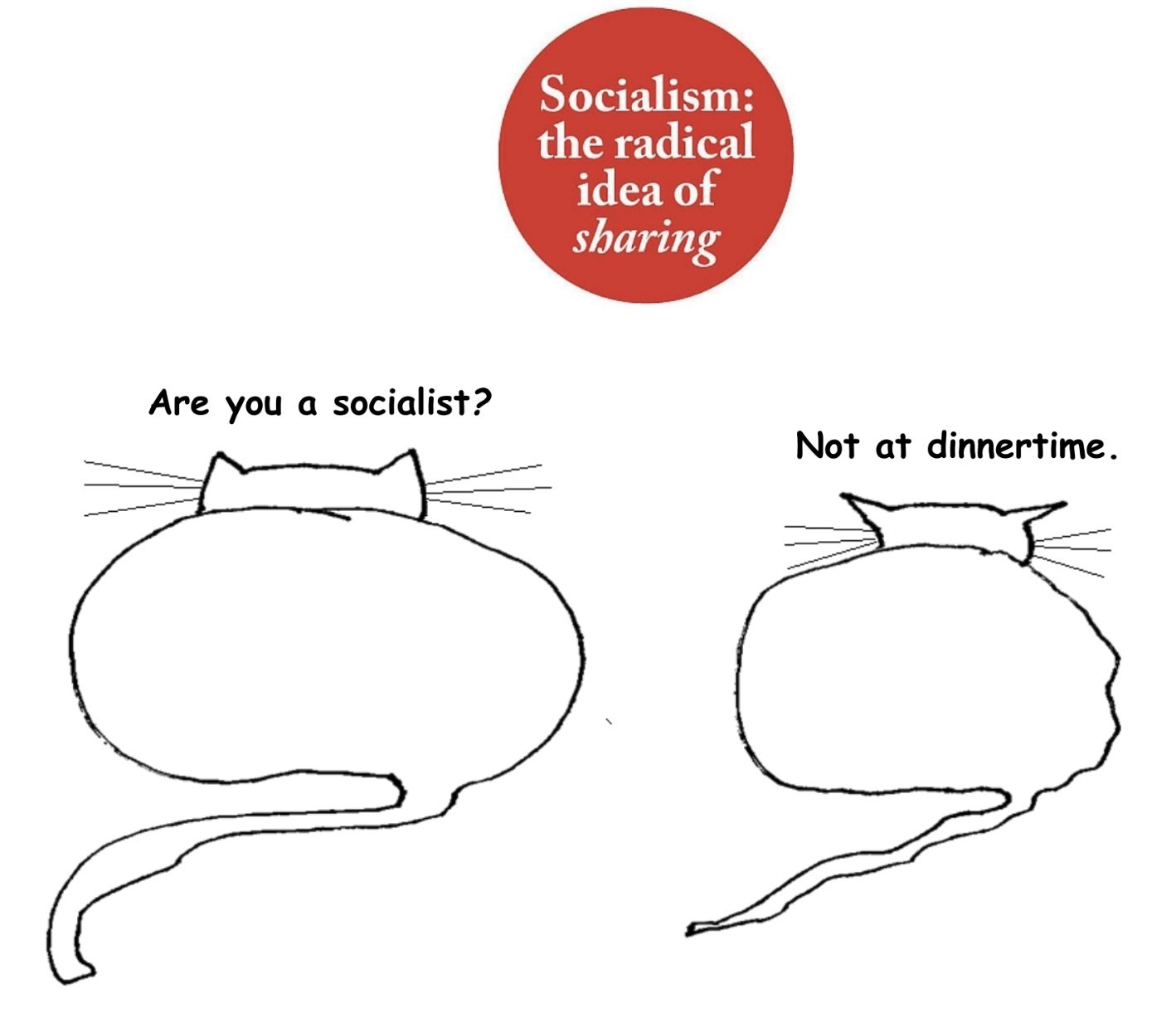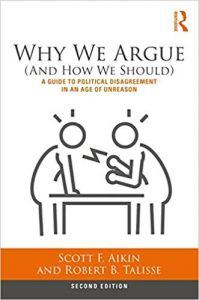by Bill Murray

It all started with zebras.
Hard to believe, but sustained, hands-on field work in east Africa only has a sixty year history. Today Hans Klingel is an emeritus professor at the Braunschweig Zoological Institute, but when he arrived in Africa in 1962 Herr Klingel was one of only three scientists in the entire Serengeti.
Klingel and his wife made wildlife their career. Their first mission was to recognize individually and study ten percent of the 5500 zebras in the Ngorongoro Crater west of Mt. Kilimanjaro.
Zebra stripes are whole body fingerprints. The Klingels took photographs, taped the photos to file cards and carried them into the field. They came to recognize some 600 individuals.
Their file card technique caught on. In 1965 zoologist Bristol Foster studied giraffes at Nairobi National Park, photographing their left sides to memorize their unique patterns. He glued pictures onto file cards too. From 1969 a researcher named Carlos Mejia photographed and carried cards of giraffes in the Serengeti. Scientists swarmed into east Africa and the game was on.
On the open savanna, giraffes and zebras form a natural alliance. Zebras (and wildebeests, their fellow travelers) benefit from giraffes’ strong eyesight, elevated vantage point and superior field of view. Giraffes have the largest eyes among land animals and can see in color. Their peripheral vision allows them to just about see behind themselves. The next time your safari Land Cruiser rattles around the corner into view of a giraffe, you can bet the giraffe has already seen you. Read more »

 When it comes to evil, nobody beats Hitler. He committed the biggest mass murder of innocent humans in all of history.
When it comes to evil, nobody beats Hitler. He committed the biggest mass murder of innocent humans in all of history.

 Many years ago in 1991, in my first job out of college, I worked for a small investment bank. By 1994, I was working in its IT department. One of my tasks was PC support and I had a modem attached to my computer so that I could connect to Compuserve for research on technical issues. Yes, this was the heydey of Compuserve, the year that the first web browser came out and a time when most people had very little idea, if any, what this Internet thing was.
Many years ago in 1991, in my first job out of college, I worked for a small investment bank. By 1994, I was working in its IT department. One of my tasks was PC support and I had a modem attached to my computer so that I could connect to Compuserve for research on technical issues. Yes, this was the heydey of Compuserve, the year that the first web browser came out and a time when most people had very little idea, if any, what this Internet thing was. 
 Novels set in New York and Berlin of the 1980s and 1990s, in other words, just as subculture was at its apogee and the first major gentrification waves in various neighborhoods of the two cities were underway—particularly when they also try to tell the coming-of-age story of a young art student maturing into an artist—these novels run the risk of digressing into art scene cameos and excursions on drug excess. In her novel A Lesser Day (Spuyten Duyvil, second edition 2018), Andrea Scrima purposely avoids effects of this kind. Instead, she concentrates on quietly capturing moments that illuminate her narrator’s ties to the locations she’s lived in and the lives she’s lived there.
Novels set in New York and Berlin of the 1980s and 1990s, in other words, just as subculture was at its apogee and the first major gentrification waves in various neighborhoods of the two cities were underway—particularly when they also try to tell the coming-of-age story of a young art student maturing into an artist—these novels run the risk of digressing into art scene cameos and excursions on drug excess. In her novel A Lesser Day (Spuyten Duyvil, second edition 2018), Andrea Scrima purposely avoids effects of this kind. Instead, she concentrates on quietly capturing moments that illuminate her narrator’s ties to the locations she’s lived in and the lives she’s lived there.
 Little Miracles 2:
Little Miracles 2:




 The dangers of climate change pose a threat to all of humankind and to ecosystems all over the world. Does this mean that all humans need to equally shoulder the responsibility to mitigate climate change and its effects? The concept of CBDR (common but differentiated responsibilities) is routinely discussed at international negotiations about climate change mitigation. The basic principle of CBDR in the context of climate change is that highly developed countries have historically contributed far more than to climate change and therefore need to reduce their carbon footprint far more than less developed countries. The per capita rate of vehicles in the United States is approximately 90 cars per 100 people, whereas the rate in India is 5 cars per 100 people. The total per capita carbon footprint includes a plethora of factors such as carbon emissions derived from industry, air travel and electricity consumption of individual households. As of 2015, the
The dangers of climate change pose a threat to all of humankind and to ecosystems all over the world. Does this mean that all humans need to equally shoulder the responsibility to mitigate climate change and its effects? The concept of CBDR (common but differentiated responsibilities) is routinely discussed at international negotiations about climate change mitigation. The basic principle of CBDR in the context of climate change is that highly developed countries have historically contributed far more than to climate change and therefore need to reduce their carbon footprint far more than less developed countries. The per capita rate of vehicles in the United States is approximately 90 cars per 100 people, whereas the rate in India is 5 cars per 100 people. The total per capita carbon footprint includes a plethora of factors such as carbon emissions derived from industry, air travel and electricity consumption of individual households. As of 2015, the 
 A number of scenes in Eugene Zamyatin’s dystopian novel
A number of scenes in Eugene Zamyatin’s dystopian novel 
 The link to Charles McGrath’s ‘No Longer Writing, Philip Roth Still Has Plenty to Say’ which appeared in the New York Times in January, only a few months prior to Roth’s death in May this year, was forwarded to me by a friend who thought I might find the article interesting. How indebted I am to my friend that he thought of me in those terms, for the sending of that article rekindled my acquaintance with Roth; life’s events and circumstances had left my reading of his work to the margins.
The link to Charles McGrath’s ‘No Longer Writing, Philip Roth Still Has Plenty to Say’ which appeared in the New York Times in January, only a few months prior to Roth’s death in May this year, was forwarded to me by a friend who thought I might find the article interesting. How indebted I am to my friend that he thought of me in those terms, for the sending of that article rekindled my acquaintance with Roth; life’s events and circumstances had left my reading of his work to the margins.